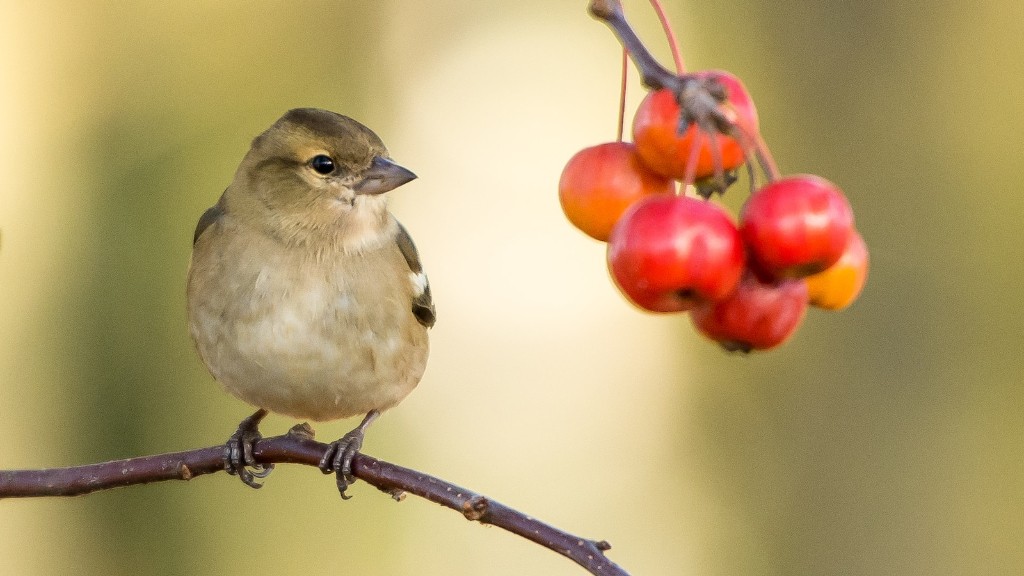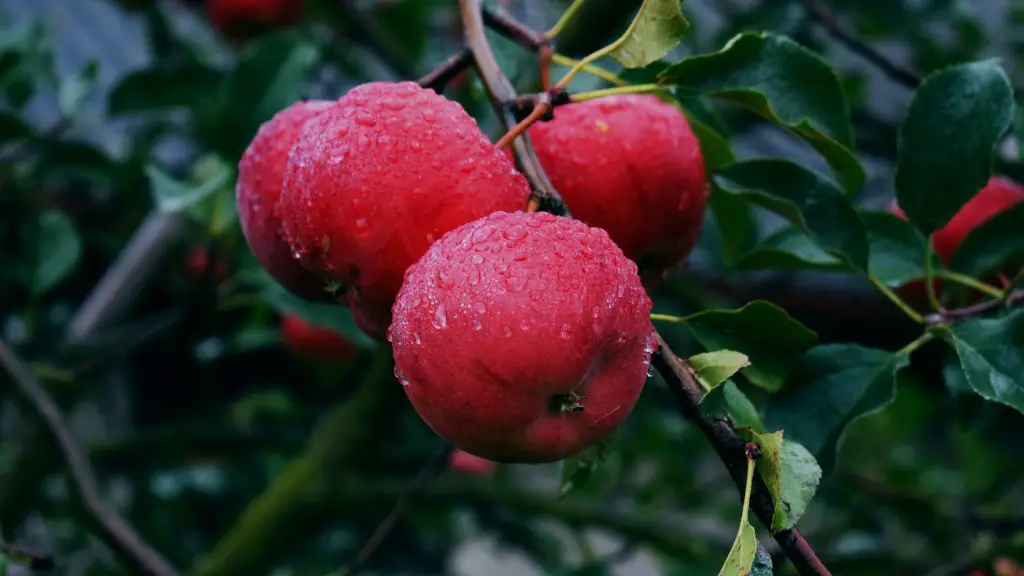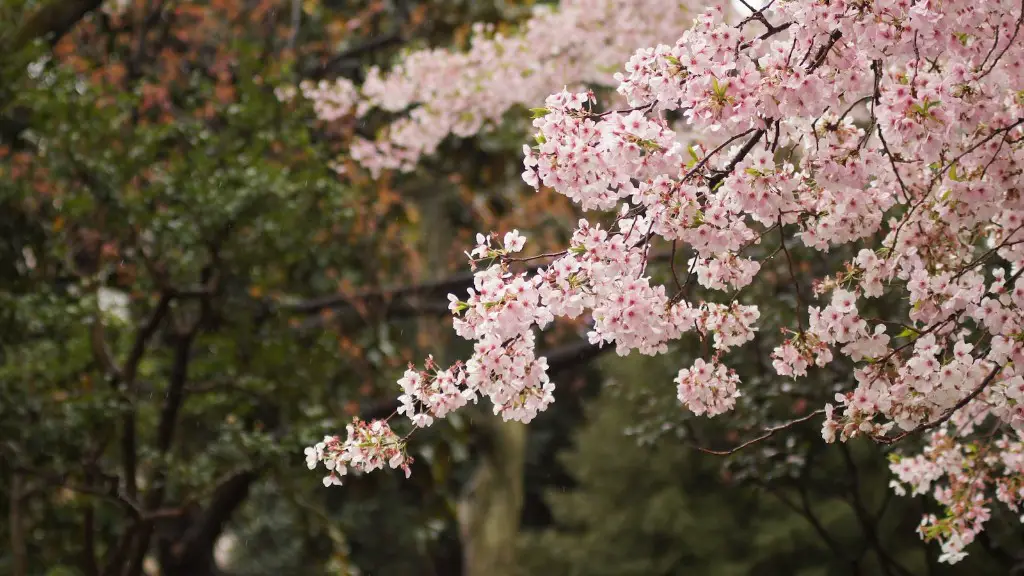Soil and Location
When it comes to growing a cherry blossom tree in a pot, selecting the right soil and location are essential. Firstly, it’s critical to choose a quality potting soil that has ample drainage and is nutrient rich. Opting for a well-draining soil with a good amount of organic matter and peat moss is a great option. Secondly, ensure the pot has lots of drainage holes and is large enough for the mature tree, at least 18 inches in diameter. Additionally, the tree needs to be in a spot with plenty of sunshine and ventilation to avoid any potential for disease.
Watering and Pruning
Keeping your cherry blossom tree healthy will require regular watering and pruning. Specifically, the tree will need to be dampened every few days depending on the weather. If the soil is dry, it’s advised to water the soil and let it drain off the excess moisture. As far as pruning is concerned, it’s important to avoid pruning too much, however, if you feel that the tree needs to be thinned out, try to maintain the structural shape and don’t remove more than a third of the branches.
Health and Maintenance
To keep your cherry blossom tree in good health, it’s essential to add fertilizer to the soil, especially during the spring period when the tree is growing and blooming. Aim for a fertilizer with a 10-10-10 ratio fertilizer to ensure it receives necessary nitrogen, potassium, and phosphorous. Moreover, adding mulch or compost during the colder months will shield the roots from extreme temperatures. Lastly, make sure to check for any diseases on the tree and get any potential problems seen to a soon as possible.
Different Species of Cherry Blossom Trees
There are a variety of cherry blossom tree species that can be successfully grown in pots. Some of the more popular species include Prunus mume, Prunus campanulata, and Prunus serrulata. Prunus mume is a small deciduous tree that blooms with white blossoms in the summer months and can grow up to 8 meters in height. Prunus campanulata is another popular species that is native to Japan, China and Korea and stocks lighter pink flowers than Prunus mume. Lastly, Prunus serrulata is a hardy species and one of the most recognized cultivars of cherry blossom trees.
Identifying Symptoms of Stress
Like any living thing, cherry blossom trees can suffer from stress due to bad weather, pests or improper care. It’s important to be aware of the signs that a tree is stressed. Firstly, it may look unhealthy and have yellow leaves or a pale hue. In addition, it may not flower as much and may even have dead branches. Lastly, the long-term stress can also result in fungi and bacteria growth. If it does present any of these symptoms it’s recommended to consult with a horticulturist as soon as possible.
Pollination and Fertilization of Cherry Blossom Trees
When it comes to growing cherry blossom trees in a pot, successful pollination and fertilization are essential steps. For pollination, you should make sure to introduce small insects such as bees, this will help pollinate the flowers so that they can form the edible fruit. Fertilizing the tree is just as important, you should administer a high quality fertilizer with the necessary nutritional components for healthy growth and flowering.
Pests and Predators of Cherry Blossom Trees
A wide range of pests and predators can cause a significant amount of damage to cherry blossom trees. For example, aphids, caterpillars and mites can munch on the leaves. Meanwhile, birds such as crows and hawks can pick off buds and eat the fruit. Other possible predators can include various mammals, such as deer and groundhogs. To help protect your tree, you can set up a fence to keep them away or use a pesticide.
Transplanting Cherry Blossom Trees
It is possible to successfully transplant cherry blossom trees without any major issues. Firstly, the ideal time to transplant is during the late autumn season, when the tree is dormant. When transplanting, make sure to take the root ball from the existing pot and place it carefully into a new pot with fresh soil. You should also add an organic fertilizer to the soil to ensure the tree can properly establish itself.
Harvesting The Fruit
Cherry blossom trees naturally produce edible small orchard fruits from spring to summer. To ensure a plentiful harvest, it is important to deadhead the spent flowers and add boron to the soil about once every two weeks. These steps will help get optimum nutrition to the flowers and fruits. When harvesting the fruit only pick the ones that are soft and dark red in colour, these are the ripest. In addition, you should pick off any damaged or rotten fruits to avoid any disease and rot in the pot.
Symbolism of Cherry Blossoms
In many countries, cherry blossom trees are a symbol of beauty, renewal and prosperity. In Japan, these trees bloom symbolize the start of a new season and are the subject of many traditions such as the Hanami, this is when people come together and celebrate their beauty. Similarly, in China the cherry blossom tree symbolizes love and purity and is seen as a sign of good fortune.
Preserving Cherry Blossom Tree Cuttings
If you have a beloved cherry blossom tree that you would like to keep alive or propagate, taking cuttings is a great way to do so. You can take cuttings during the early summer period and the process is fairly straightforward. Specifically, take the desired cutting from the tree and place it in water or moist soil, in a place with good ventilation and plenty of sun. The cutting should root itself in a matter of days and have new leaves and roots after a month.
Disease Prevention of Cherry Blossom Trees
Cherry blossom trees can be prone to various bacterial and fungal diseases if not maintained properly. To help prevent any disease, avoid over watering and pruning the tree unnecessarily. Additionally, you should inspect the tree regularly to check for any signs of fungal infections or rot. If any disease is spotted, make sure to take out affected branches, treat the tree with a fungicide and introduce beneficial organisms to the area.



